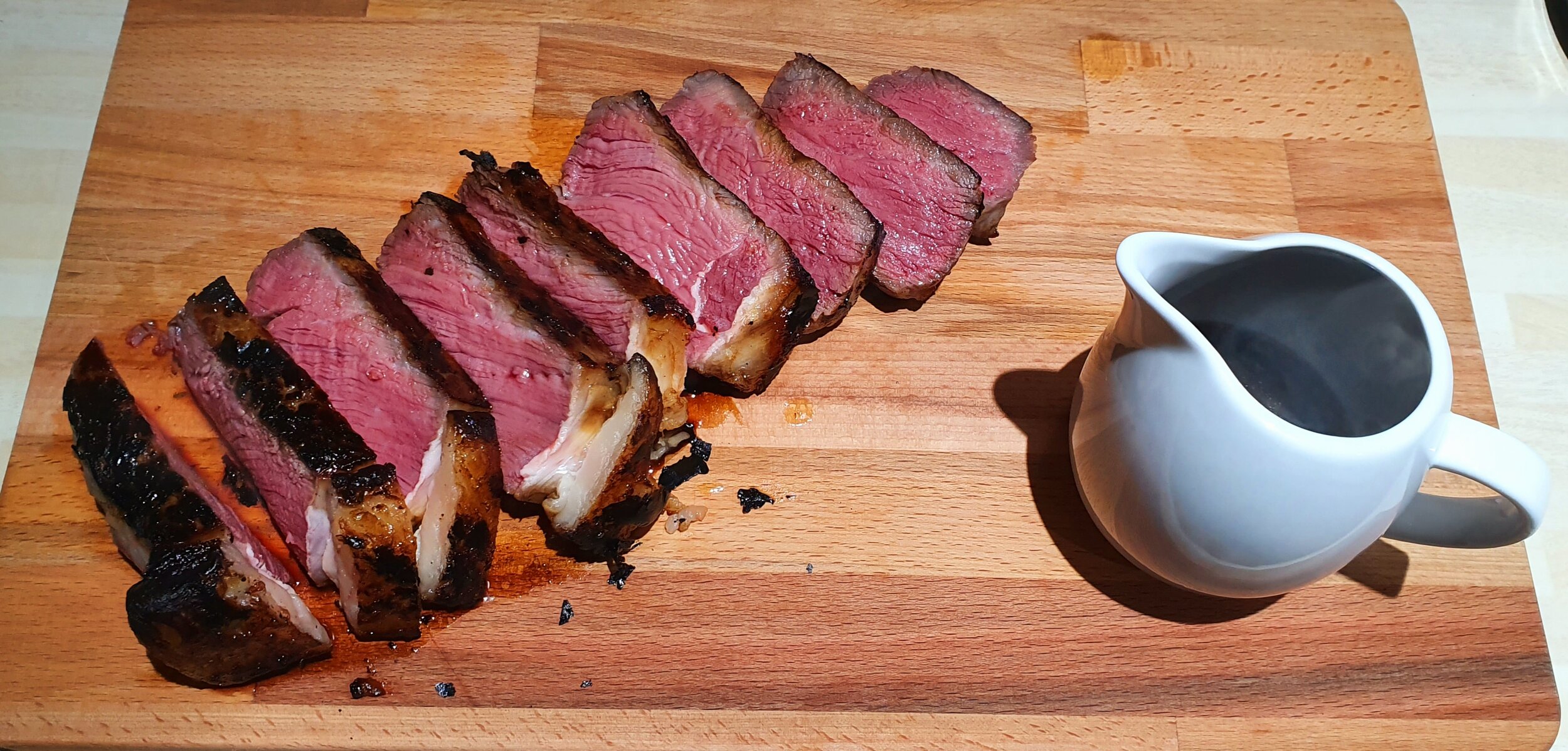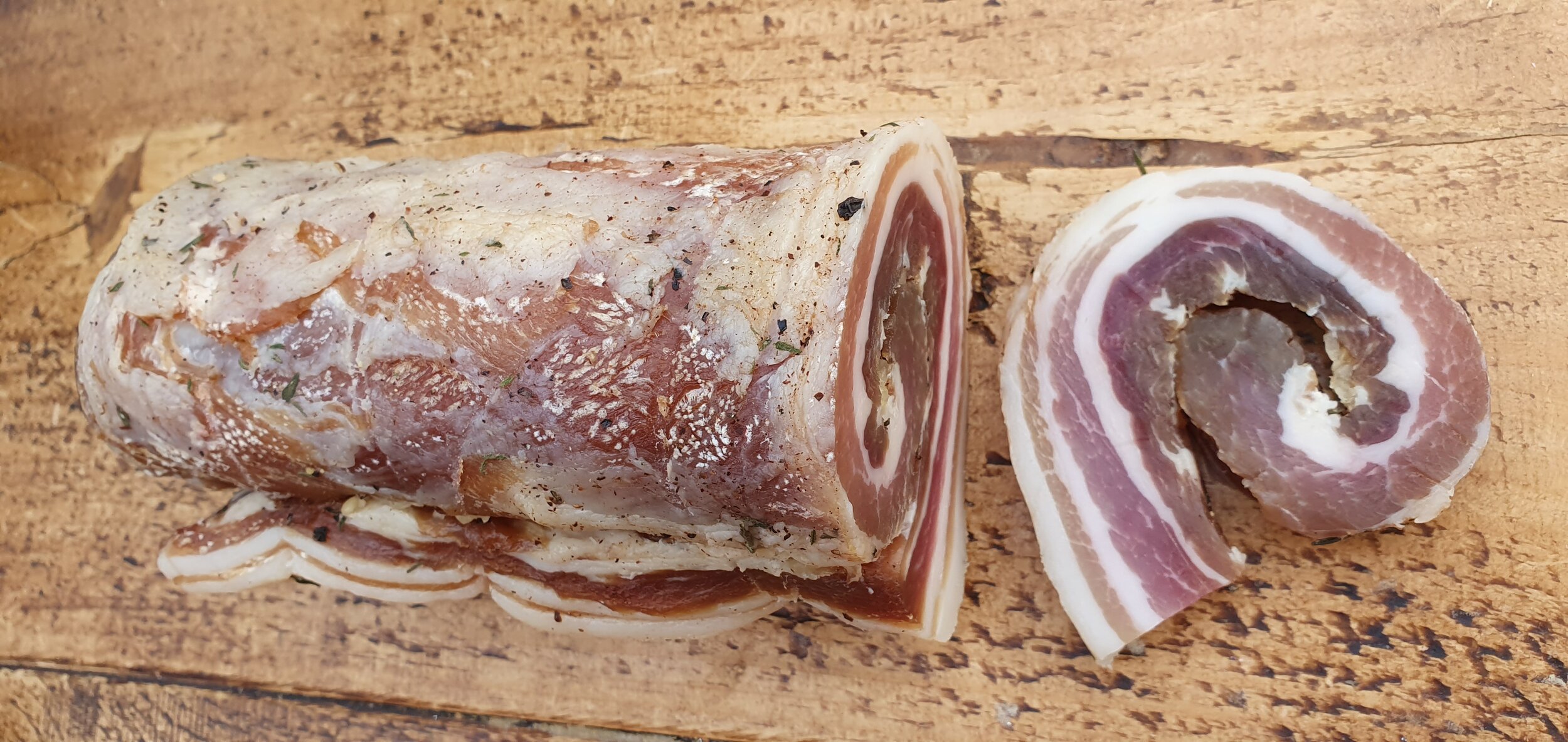Sous vide

As a chemist, I do like to bring techniques we would use routinely in the lab into the kitchen. When heating something to a defined temperature (below 100 C), a water bath is ideal, and that is exactly how restaurants achieve perfect pink meat dishes using the technique know as sous vide. Essentially you are heating a piece of meat to the exact temperature that breaks down the fibres to make it edible. It means it is a lot easier to get a steak ‘done’ the way you like, and right through, not just the centre.
The home market has been transformed by new technology that can turn any container into a water bath. I use the Anova device but there are others (and yes, I do know exactly what it looks like). Attach it to a large pot or even big Tupperware to create the perfect FatSteak Club gadget.
Ideally, any meat should be vacuum-sealed in a bag first to stop it boiling and water penetrating the meat. This also provides the opportunity to add flavour components via herbs and fats. For some recipes, you can get away with a resealable freezer bag, but take care to ensure water can’t get in. Vacuum sealers are not overly expensive and if you are investing in sous vide it probably makes sense.
The sous vide device is simply set to the temperature you want the meat to reach throughout (in every recipe but tables for different cuts/meats/done-ness are easy to find on the internet) and the bag placed in the bath until heated throughout (usually 1-2 hours but longer for larger pieces).
I’ve done some great steaks this way and it works really well for a big cut where you can get a large cross-section perfectly pink with a lovely crust added at the end in a hot pan.
I wouldn’t really consider doing a rack of lamb any other way as the results are just too good!









